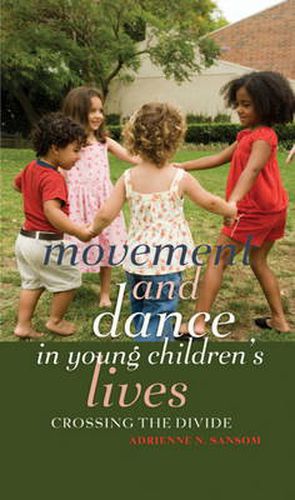Readings Newsletter
Become a Readings Member to make your shopping experience even easier.
Sign in or sign up for free!
You’re not far away from qualifying for FREE standard shipping within Australia
You’ve qualified for FREE standard shipping within Australia
The cart is loading…






In the pedagogical landscape of early childhood, physical movement is central to the holistic development of young children. Yet, movement-related experiences and other bodily activities such as play and dance often present contradictions and conundrums for early childhood educators. As a mode of learning, movement has endured a questionable existence despite the evidence of supportive research and theory, which provides sound reasons for the inclusion of movement in early years curricula. Movement and Dance in Young Children’s Lives looks at the place of movement in young children’s lives and addresses how movement as a form of expression can become dance, thus displacing a reliance on linguistic modes of expression and honoring the agency of the body. It also discusses a variety of concerns and confusions that accompany dance in education, and interprets what this means to students and teachers in teacher education programs and early childhood settings.
$9.00 standard shipping within Australia
FREE standard shipping within Australia for orders over $100.00
Express & International shipping calculated at checkout
In the pedagogical landscape of early childhood, physical movement is central to the holistic development of young children. Yet, movement-related experiences and other bodily activities such as play and dance often present contradictions and conundrums for early childhood educators. As a mode of learning, movement has endured a questionable existence despite the evidence of supportive research and theory, which provides sound reasons for the inclusion of movement in early years curricula. Movement and Dance in Young Children’s Lives looks at the place of movement in young children’s lives and addresses how movement as a form of expression can become dance, thus displacing a reliance on linguistic modes of expression and honoring the agency of the body. It also discusses a variety of concerns and confusions that accompany dance in education, and interprets what this means to students and teachers in teacher education programs and early childhood settings.